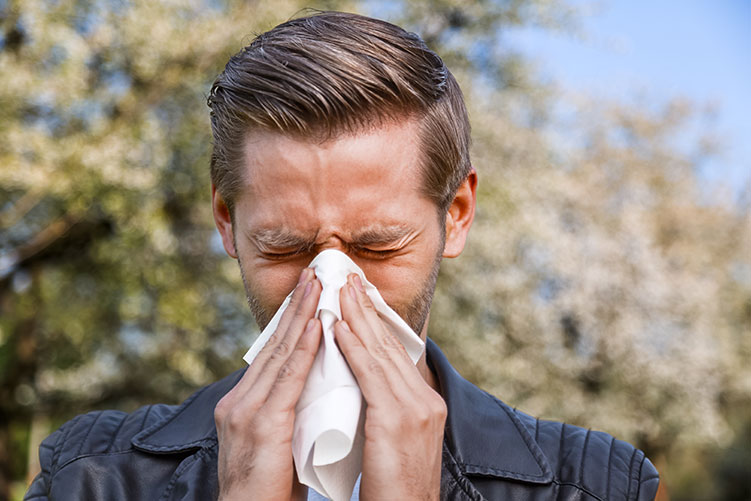Eye Allergies
Allergies come in many different forms. People may experience hives or rashes from various foods or plants, sneezing from dust or pollen, and itchy eyes from dander. Of course, triggers and symptoms are different for everyone. There are some things that are important to know and to do to avoid or treat symptoms when possible. This is true for eye allergies as much as any other kind of seasonal or indoor allergy.
Around 50 million people in the United States have some form of seasonal allergies. When you add in people who have indoor allergies to things like dogs, cats, dust, and mold, the potential for suffering from eye allergy symptoms is high.
Talk to us if you are one of the 30% of adults or if your child is one of the 40% of children who suffer from allergies. We can talk about avoiding triggers, testing, how to get possible relief, and treatment options. Allergies can disrupt your quality of life and make it impossible to do activities you usually love. Don’t suffer through the discomfort! We can help.
Watch our video on eye allergies and talk to [DOCTOR NAME] if you’d like to learn more.
Eye Allergies
An allergy is an overreaction by the immune system by normally harmless subjects called allergens. Most people will suffer from at least one allergic reaction at some point in their life.
The most common allergens are pollen, dust mites, pet dander, insect venom, and food.
Eye allergy symptoms may include:
- red, watery, itchy eyes
- running or stuffy nose
- sneezing
- sinus pressure
- sore throat
- coughing
- shortness of breath
- chest tightening
- in severe cases an asthma attack can occur
While there is no cure, there are ways to prevent or relieve allergy symptoms such as avoiding specific allergens, taking medication, or immunotherapy.

